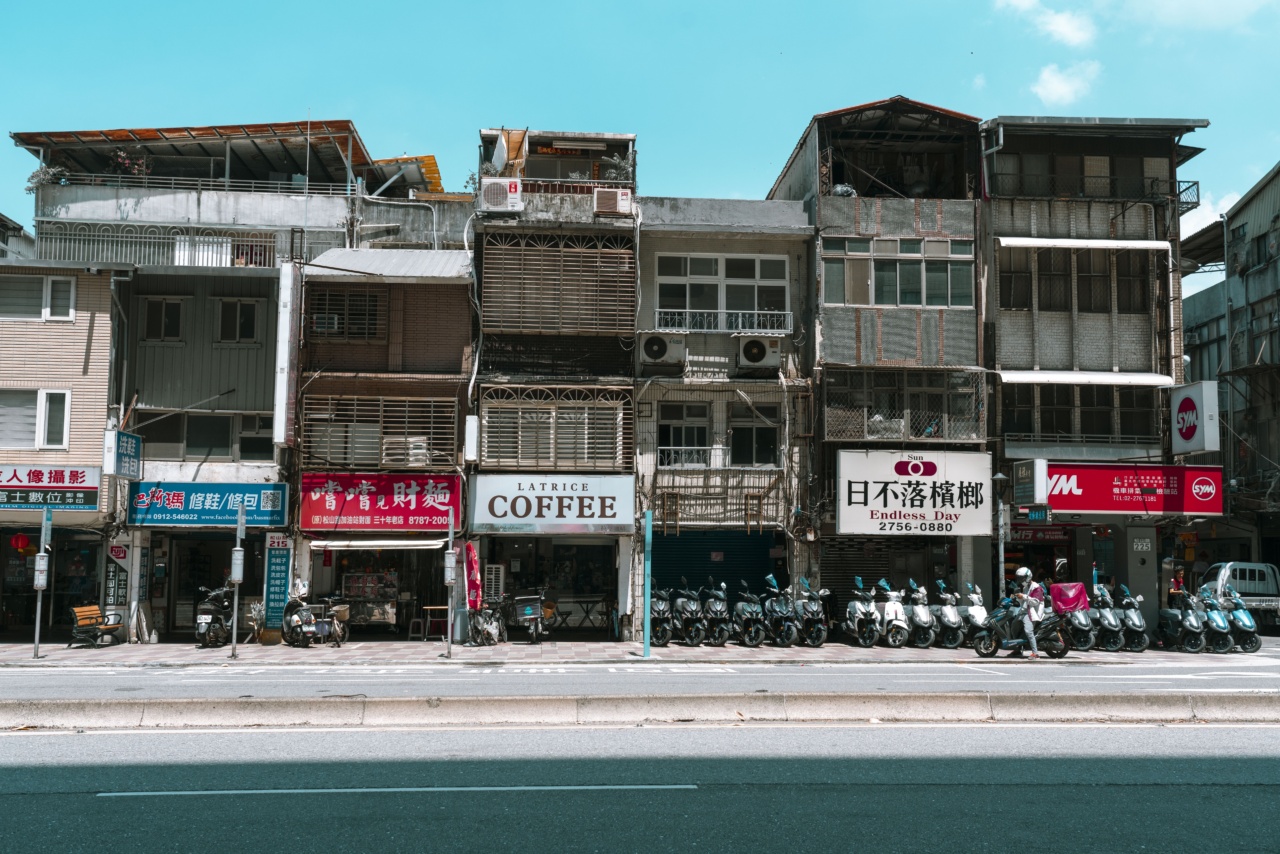Proper blood circulation is essential for maintaining the overall health and functionality of our bodies. It ensures that oxygen and vital nutrients are transported throughout the body, while waste products are efficiently flushed out.
However, poor blood circulation can disrupt this process and lead to various health issues. It’s important to recognize the signs and symptoms of poor blood circulation so that appropriate measures can be taken to address the underlying causes and improve circulation.
In this article, we will discuss common indicators of poor blood circulation and provide insights into the management of this condition.
Common Signs and Symptoms of Poor Blood Circulation
Poor blood circulation can affect various parts of the body, but certain signs and symptoms are commonly observed. Here are ten key indicators to watch out for:.
1. Cold Extremities
One of the most noticeable signs of poor blood circulation is cold hands and feet. When blood flow is compromised, less warm blood reaches these extremities, leading to a constant feeling of coldness.
2. Numbness and Tingling Sensations
Reduced blood circulation can cause numbness and tingling sensations, commonly known as peripheral neuropathy. This is often experienced in the hands, feet, and lower legs.
3. Swelling and Edema
Fluid retention or edema is a common symptom of poor blood circulation. It occurs when blood vessels are unable to effectively carry excess fluids away from certain areas, resulting in swelling and puffiness.
4. Muscle Cramps and Weakness
Inadequate blood circulation can lead to muscle cramps and weakness. Reduced blood supply deprives muscles of essential nutrients and oxygen, making them more prone to fatigue and cramping.
5. Slow Healing of Wounds
Impaired blood circulation slows down the body’s healing process. Wounds, cuts, and bruises take longer to heal as the transport of healing cells and oxygen to the affected areas is compromised.
6. Discoloration of Skin
Poor blood circulation often manifests as changes in the skin tone. Skin may become paler due to reduced blood flow, or develop a bluish tint known as cyanosis, indicating a lack of oxygen.
7. Varicose Veins
Varicose veins are dilated and twisted veins that often occur in the legs. They are a result of weakened vein walls and valves, which impede blood flow, leading to poor circulation.
8. Hair Loss
When blood circulation to the scalp is compromised, it can lead to hair loss. Reduced blood supply deprives hair follicles of essential nutrients, resulting in weakened hair and eventually hair loss.
9. Fatigue and Weakness
Poor blood circulation can cause general fatigue and weakness in the body. A lack of oxygen and nutrients reaching different organs and tissues can result in increased tiredness and reduced overall energy levels.
10. Digestive Problems
Inadequate blood circulation to the digestive system can lead to various digestive problems such as constipation, diarrhea, and stomach cramps. These issues arise due to a lack of blood supply necessary for proper digestion.
Managing Poor Blood Circulation
Recognizing the signs and symptoms of poor blood circulation is the first step towards managing this condition effectively. Here are some measures to improve blood circulation:.
1. Regular Exercise
Engaging in regular physical activities, such as walking, swimming, or cycling, can help improve blood circulation. Exercise promotes the dilation of blood vessels, enabling better blood flow.
2. Maintain a Healthy Weight
Being overweight can put additional stress on the circulatory system, impairing blood flow. Maintaining a healthy weight through a balanced diet and regular exercise is essential for improving circulation.
3. Quit Smoking
Smoking damages blood vessels and contributes to poor circulation. Quitting smoking can have a significant positive impact on blood flow and overall cardiovascular health.
4. Avoid Prolonged Sitting or Standing
Sitting or standing for long periods can hinder blood flow, especially in the legs. Taking short breaks and stretching regularly can help improve circulation and prevent related issues like varicose veins.
5. Practice Stress Management
Chronic stress can contribute to poor blood circulation. Engage in stress-reducing activities such as yoga, meditation, or deep breathing exercises to promote relaxation and improve overall blood flow.
6. Maintain a Healthy Diet
A well-balanced diet rich in fruits, vegetables, lean proteins, and whole grains can help improve blood circulation. Certain foods like garlic, ginger, cayenne pepper, and oily fish have shown potential benefits in promoting healthy blood flow.
7. Stay Hydrated
Drinking an adequate amount of water each day helps maintain blood volume and prevents dehydration, which can negatively impact circulation. Aim for at least 8 glasses of water per day.
8. Wear Comfortable Clothing
Tight-fitting clothes, especially around the waist, thighs, or legs, can restrict blood flow and worsen poor circulation. Opt for loose-fitting and comfortable clothing to promote better circulation.
9. Elevate Affected Limbs
If you experience swelling or edema in your legs, elevating them above heart level can help reduce fluid accumulation and improve blood flow.
10. Medical Interventions
If lifestyle changes alone do not improve your blood circulation, consult with a healthcare professional.
They may recommend additional interventions, such as medications, surgical procedures, or physical therapy, depending on the underlying causes and severity of your condition.






























